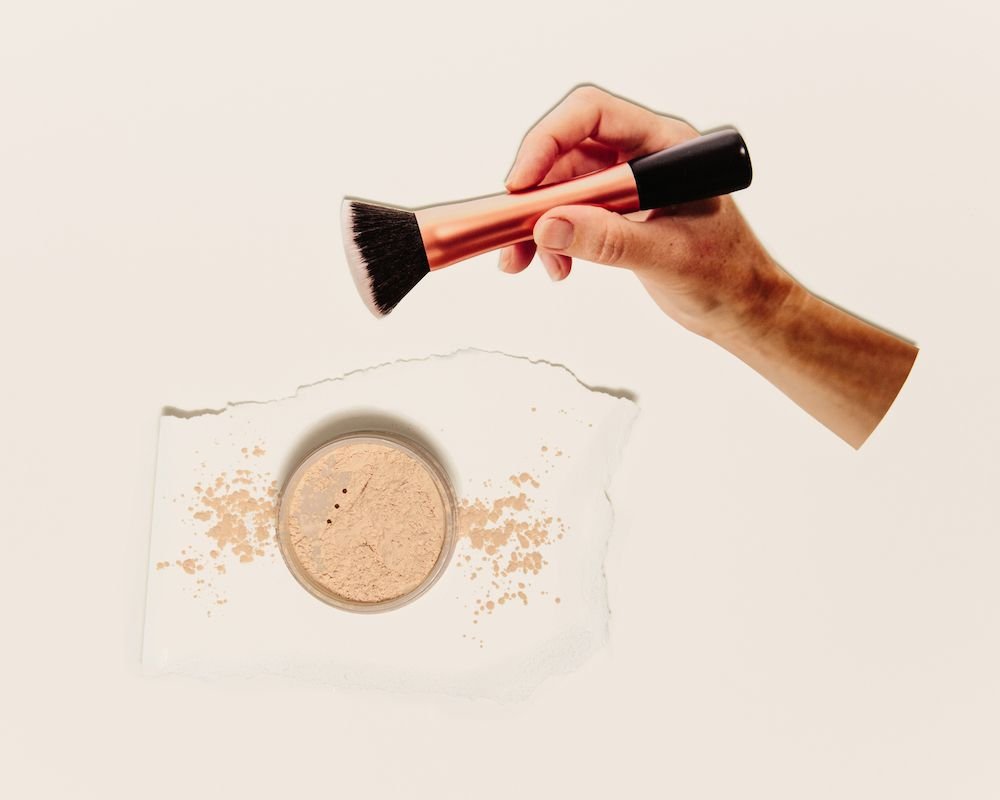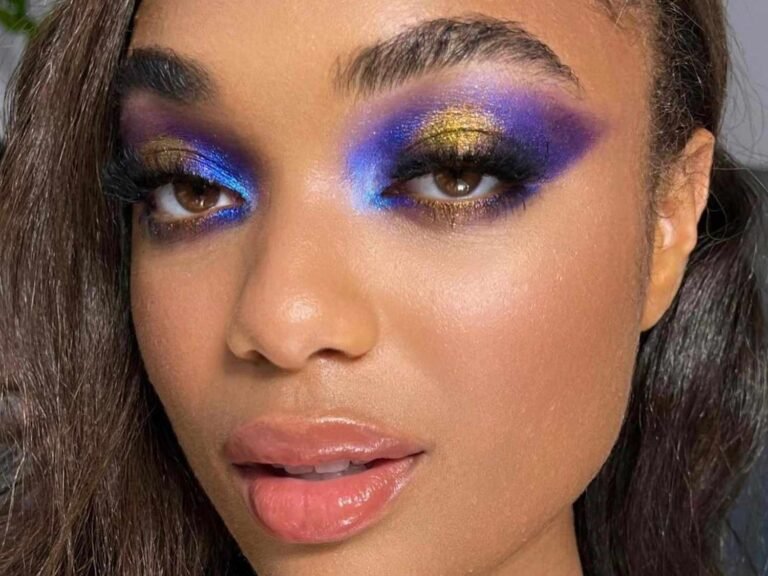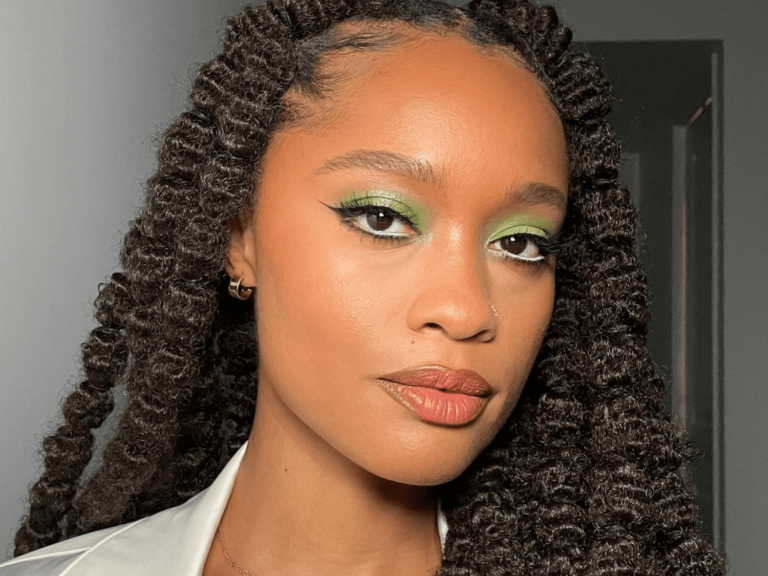Does Makeup With SPF Shield Skin? Find Out Now!
Makeup with SPF does not provide adequate sun protection on its own. It should complement, not replace, daily sunscreen application.
Makeup with SPF is a tool in our daily beauty regimens, offering a layer of protection against harmful UV rays. It should not be your sole defense, as these formulas often provide less coverage than traditional sunscreen. Experts agree that we require a broad-spectrum sunscreen with at least SPF 30 to effectively shield our skin from the sun’s intensity.
Reapplying every two hours is also crucial, a step commonly neglected with makeup. Because makeup is applied more thinly and unevenly, relying on it alone leaves your skin vulnerable to sun damage. Incorporating sunscreen beneath makeup ensures that you start with a solid base of protection, while the makeup with SPF can assist in adding a minor level of defense. Always remember that sun safety is paramount for maintaining healthy, youthful skin, and the diligent use of sunscreen cannot be overemphasized.
Myth Vs. Reality: Spf Makeup As Your Sole Protector
The idea of multitasking cosmetics with sun protection seems like a true win-win situation. Myth vs. Reality: SPF Makeup as Your Sole Protector invites you to explore the truth about relying solely on SPF-infused makeup for sun defense. Understanding this fine line could be the key to healthier, sun-protected skin.
Makeup With Spf: A False Sense Of Security?
When it comes to sun protection, relying entirely on SPF makeup might provide a false sense of security. Here’s why:
- Quantity Matters: The amount of makeup applied is often less than sunscreen.
- Distribution: Makeup is not always evenly spread across the skin.
- Duration: The staying power of SPF in makeup may diminish.
- Comprehensive Coverage: Makeup is typically not applied to all sun-exposed areas.
For complete sun protection, SPF makeup should not be the only defense line. A dedicated sunscreen is necessary.
Sun Protection Factor: Decoding Spf In Cosmetics
Understanding SPF in makeup can help debunk common misconceptions:
| SPF Level | UVB Protection | UVA Protection |
|---|---|---|
| SPF 15 | 93% | May not be sufficient |
| SPF 30 | 97% | Better but not full-spectrum |
| SPF 50+ | 98% | Comprehensive |
SPF indicates UVB protection. For UVA, look for ‘broad-spectrum’ on the label.
Read the Labels: Opt for makeup that offers ‘broad-spectrum’ protection for more complete coverage.

Credit: wishtrend.com
Sifting Through Claims: How Much Spf Do You Need?
Every morning, as you swirl your brush in bronzer or blend in your BB cream, you might notice a tiny detail on the packaging: SPF. “Excellent,” you think, “I’m protected against the sun for the day.” Or are you? It’s a pressing question as we find makeup touting SPF numbers more than ever. Understanding the claims and knowing how much SPF your skin truly needs can make a world of difference. Let’s unravel the SPF enigma wrapped in your makeup.
Understanding Spf Levels
SPF stands for Sun Protection Factor. It measures how well a sunscreen will protect skin from UVB rays, the kind of radiation that causes sunburn and contributes to skin cancer.
- SPF 15 blocks about 93% of UVB rays
- SPF 30 blocks about 97% of UVB rays
- SPF 50 blocks about 98% of UVB rays
- Higher SPF levels offer only marginally greater protection
Recommended Spf For Daily Use
The American Academy of Dermatology suggests a daily SPF of 30. This shields against harmful rays during day-to-day activities.
| Activity | Recommended SPF |
|---|---|
| Indoors with minimal sun exposure | SPF 15-30 |
| Commuting or walking outdoors | SPF 30 |
| Extended outdoor activities | SPF 30+ |
Use a dime-sized amount for the face. Reapply every two hours if in constant sun. If your makeup has SPF, view it as an added layer, not the primary line of defense.
Application Techniques For Optimal Protection
Application Techniques for Optimal Protection are crucial when using makeup with SPF. While SPF makeup adds a layer of defense, its adequacy largely depends on how it’s applied. Mastering the technique delivers the dual benefits of beauty enhancement and sun protection.
Proper Ways To Apply Spf Makeup
Maximizing protection starts with the correct application of SPF makeup.
- Start with a clean face. Make sure your skin is free from dirt and oil.
- Apply a base layer of sunscreen before makeup. This ensures an even SPF shield.
- Use SPF makeup as an extra layer, not a substitute for sunscreen.
- For foundations, dot the product over your face and blend evenly with a brush or sponge.
- Reapply every two hours or after excessive sweating or swimming.
- Select makeup with broad-spectrum SPF for UVA and UVB protection.
Common Mistakes In Spf Makeup Application
Avoid these common pitfalls for effective sun protection:
- Missing areas like the hairline, jawline, and neck.
- Applying too little product. A pea-sized amount isn’t enough.
- Ignoring reapplication. Makeup doesn’t last all day, nor does its SPF.
- Using expired products which can have reduced efficacy.
- Mixing SPF makeup with other products which may dilute the SPF level.

Credit: wishtrend.com
The Sunscreen Debate: Before Or After Makeup?
Applying makeup with SPF has stirred up a significant debate: should sunscreen go on before or after makeup? With the rising concern over skin health, understanding the correct way to combine sun protection and cosmetics is more important than ever. This dilemma affects not only the effectiveness of sun protection but also the longevity and appearance of makeup.
Best Practices For Layering Sunscreen
Layering sunscreen correctly is vital for maximum skin protection. Here’s what you need to know:
- Apply liberally: Use at least a half teaspoon for the face.
- Spread evenly: Cover all exposed areas, including the neck and ears.
- Let it settle: Wait for sunscreen to absorb before applying makeup.
- Reapply: Every two hours or after swimming or sweating.
Remember to choose a broad-spectrum product with a minimum SPF of 30 to ensure protection from both UVA and UVB rays.
Combining Sunscreen With Makeup For Enhanced Effectiveness
To maximize sun protection when wearing makeup:
| Action | Benefit |
|---|---|
| Use makeup with SPF: | Adds an extra layer of protection. |
| Add SPF powder: | Easy for touch-ups throughout the day. |
| Layer foundations: | Foundation over sunscreen can fortify the barrier. |
Note: While makeup with SPF is beneficial, it should not replace sunscreen. For thorough coverage, use a dedicated sunscreen under makeup.
The Invisible Threat: Uva Vs. Uvb
Sun’s rays pose a silent risk to our skin. While soaking up the warmth feels pleasant, sun damage can happen without notice. There are two main players: UVA and UVB rays. Understanding these rays will guide us in choosing the right sun protection, even in makeup products.
Understanding Uva And Uvb Rays
UVA rays are the aging rays. They penetrate deep into the skin and cause long-term damage. Think wrinkles and sunspots. On the other hand, UVB rays are the burning rays. They cause immediate effects like sunburns. Both play a role in skin cancer risk.
- 95% of UVA reaches the earth’s surface.
- UVB varies by location, season, and time of day.
UVA is abundant and ever-present, while UVB might surprise you on a summer day. So, choosing products that shield against both is crucial. Makeup with SPF can help, but is it enough?
Evaluating Uv Protection In Makeup Products
Makeup products with SPF seem convenient. They promise protection in a daily routine. But here’s the twist: SPF levels in makeup may not be adequate. It’s about quantity and quality of application.
- Look at the SPF number: Higher doesn’t always mean better. Aim for SPF 30 at least.
- Check the label: Broad-spectrum protection is a must. It blocks both UVA and UVB.
- Reapply regularly: Makeup with SPF won’t last all day. Refresh every two hours.
Remember, many makeup products skip UVA protection. Also, how often do we apply makeup as thick as sunscreen? Rarely. Experts say, use dedicated sunscreen under makeup for trusted defense.
| Makeup SPF Feature | Consideration |
|---|---|
| SPF Number | Choose SPF 30+ |
| Broad Spectrum | Ensures UVA and UVB protection |
| Reapplication | Needed every 2 hours for effectiveness |
Dedicated sunscreen beneath your makeup is a safeguard. Beauty experts and dermatologists agree. Don’t rely solely on makeup SPF to block the invisible enemies, UVA and UVB.
The Coverage Conundrum: How Makeup Spf Misleads
Expecting full sun protection from makeup with SPF can lead to a dangerous misunderstanding. It’s a common belief that makeup infused with SPF provides enough defense against the sun’s harmful rays. However, this perception could leave your skin vulnerable to damage. Let’s uncover the truth behind SPF makeup and how it might not be the shield you think it is.
Exploring The Coverage Of Spf Makeup
Makeup products with SPF often boast their ability to protect your skin. Yet, they usually fall short for several reasons:
- Uneven Application: People rarely apply makeup evenly across all sun-exposed skin.
- Insufficient SPF Levels: Makeup might have lower SPF ratings than recommended.
- Reapplication Difficulty: Unlike sunscreen, touching up makeup for continuous protection is less practical.
These factors mean relying solely on makeup for sun defense isn’t the safest bet.
Why Full Protection Requires More Than Makeup
The Skin Cancer Foundation urges everyone to use a broad-spectrum sunscreen daily. Here’s why:
- Broad-Spectrum Benefits: A dedicated sunscreen provides broad protection against UVA and UVB rays.
- Proper Application: Sunscreen can be applied generously and uniformly, which is essential for effective coverage.
- Regular Reapplication: Sunscreen is designed to be reapplied every two hours for lasting protection, especially after sweating or swimming.
For comprehensive defense against potential skin damage, pair your SPF makeup with a layer of high-quality sunscreen.
Reapplication And Longevity: The Spf Makeup Limit
Many of us choose makeup infused with SPF for its dual promise of coverage and protection. However, there are limitations to consider regarding its effectiveness throughout the day.
The Truth About Spf Makeup Endurance
Is SPF makeup effective all day long? The answer isn’t straightforward. While it offers initial sun protection, its power fades as time passes.
- Makeup moves and rubs off
- SPF degrades with time
- Sweat and oil can reduce efficacy
SPF in makeup is not a one-and-done deal. Follow up with proper sunscreen for full coverage.
Reapplying Spf: When Makeup Is Not Enough
Trusting only SPF makeup? Think again.
| Activity | Reapplication Advice |
|---|---|
| Regular office work | Every 2 hours |
| Outdoor activities | Every 80 minutes, or after sweating |
| Swimming | After every dip |
Sunscreen reapplication over makeup is a must for continuous protection.
Expert Voices: Dermatologists Weigh In
As the beauty industry merges with skincare science, makeup with SPF has emerged as a go-to for many looking for a two-in-one solution. But the big question remains: Is makeup with SPF enough to guard our skin against the sun’s harmful rays? We turn to the experts for their opinions on this vital topic.
Dermatologist Recommendations For Spf Makeup
Leading dermatologists agree that while makeup with SPF can offer some protection, it should not be the only line of defense. Here’s why:
- Application Thickness: Makeup is usually applied too thinly to reach the SPF stated on the label.
- Uneven Coverage: It’s often not applied to all sun-exposed areas.
- Reapplication: Makeup is not reapplied as frequently as sunscreen should be.
For these reasons, experts urge a broad-spectrum sunscreen as a base, followed by SPF makeup for added protection.
Professional Insights On Sun Protection With Makeup
Dermatologists provide insights on how makeup with SPF can fit into a comprehensive sun protection strategy:
- Start with a Base: Apply a generous layer of broad-spectrum sunscreen first.
- Choose Higher SPF Makeup: Opt for makeup with higher SPF for better coverage.
- Focus on Vulnerable Areas: Use SPF makeup on spots often missed by sunscreen, like the eyelids.
- Don’t Forget to Reapply: Carry a mineral SPF powder for easy touch-ups throughout the day.

Credit: www.cutislaserclinics.com
Frequently Asked Questions
Is Makeup With Spf As Good As Sunscreen?
Makeup with SPF is not as effective as sunscreen. You should use dedicated sunscreen for full protection.
Do You Still Need Sunscreen If You Wear Foundation With Spf?
Yes, you still need sunscreen even if your foundation has SPF, as makeup may not offer sufficient protection alone.
Is Spf Still Effective Under Makeup?
Yes, SPF is effective under makeup, but sunscreen should still be applied as a base for optimal protection.
Why Is Spf In Makeup Not Enough?
SPF in makeup often offers insufficient protection as the application is usually too light to achieve the labeled SPF level. Makeup with SPF typically doesn’t cover all UVA rays, which contribute to skin aging and cancer. Regular reapplication, as with traditional sunscreen, is cumbersome with makeup.
Conclusion
To wrap up, makeup with SPF can be a helpful addition to your skin protection arsenal, but it shouldn’t be your primary defense. Regular sunscreen application, with a focus on proper coverage and reapplication, is crucial for safeguarding against harmful UV rays.
Always embrace a layered approach to sun care, and remember to not solely rely on makeup with SPF for complete protection. Keep your skin health a priority and enjoy the sunshine responsibly.








